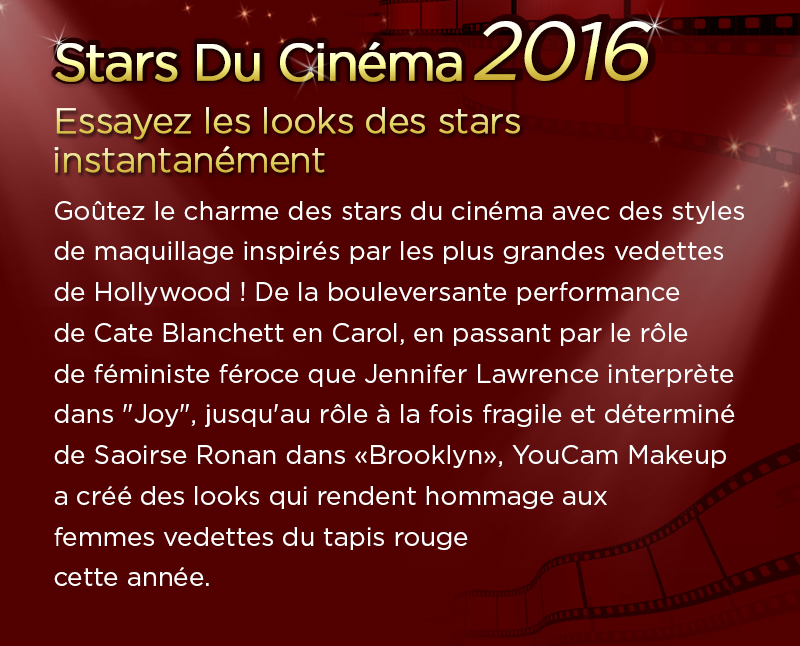

- Silver screen starlets movie#
- Silver screen starlets archive#
- Silver screen starlets full#
The most recent event in Glasgow, held in October 2022, included the eye-catching sketches of 94-year-old former cinema projectionist, Thomas McGoran, depicting the city’s cinemas.
Silver screen starlets movie#
The project has also included an array of special events including a public event at Bolton Little Theatre when an attendee donated a collection of movie star postcards and other memorabilia. It is also a topic that attracts considerable public interest.” In the period since the CCINTB collection was assembled, research on historical film reception has expanded considerably and is now an important subfield within film studies. Up until recently this very valuable resource has only been available to those able to visit Lancaster in person.

Silver screen starlets archive#
This is such a useful archive for so many people including film scholars, historians, sociologists and anyone interested in films.
Silver screen starlets full#
The interviews have been brought to life and are all freely available for everyone to listen to and they all have full transcriptions. It was an immense venture that entailed an enormous amount of work.

Professor in Film Studies at Lancaster University’s Lancaster Institute of the Contemporary Arts, Richard Rushton, who led the project, said: More than 200 items of cinemagoing memorabilia and artefacts from the 1930s (diaries, postcard collections, scrapbooks, cinema programmes, posters, magazines), mostly donated by informants.
 More than 500 letters, essays and written memoirs received from interviewees and questionnaire respondents. Some 315 questionnaires completed by 1930s cinemagoers from across the UK. All of the interviews, originally conducted in the 1990s, have been transcribed, so visitors to the website can read accurate transcriptions of the interviews while listening to them Interviews with members of the general public who were regular cinemagoers in the UK during the 1930s. The project also includes a range of other historical materials related to cinemagoing in interwar Britain and the cinemagoing experience more generally Now the new dedicated and easy-to-navigate website, created by Dr Julia McDowell of Lancaster University, and the digitisation of the entire collection means all these materials are available in digital format to members of the general public as well as academic researchers. Working with Lancaster’s Professor Richard Rushton were distinguished UK film scholar Professor Annette Kuhn (Queen Mary University of London), who actually conducted the original CCINTB research while working at Glasgow and Lancaster Universities in the 1990s and early-2000s, and Professor Sarah Neely (University of Glasgow), a specialist in the areas of film history and archival research. Focus on silver screen stars and cinema-going now open to all The starting point for the project focused on materials gathered during the course of ‘ Cinema Culture in 1930s Britain’ (CCINTB), a large-scale pioneering nationwide inquiry, conducted in the 1990s, into cinema audiences and film going in the 1930s. The project expands both public and academic knowledge and understanding of how audiences relate to and remember the experience of cinema-going. The Lancaster team worked with experts from Queen Mary University of London and the University of Glasgow to produce the ‘ Cinema Memory and the Digital Archive: 1930s Britain and Beyond’ (CMDA). Researchers have framed up a new ‘take’ on going to the pictures from the 1930s onwards.Īnd the three-year project, led by Lancaster University and funded by the Arts and Humanities Research Council, has resulted in the cataloguing and digitisation of a wealth of materials stored at the University’s Library.
More than 500 letters, essays and written memoirs received from interviewees and questionnaire respondents. Some 315 questionnaires completed by 1930s cinemagoers from across the UK. All of the interviews, originally conducted in the 1990s, have been transcribed, so visitors to the website can read accurate transcriptions of the interviews while listening to them Interviews with members of the general public who were regular cinemagoers in the UK during the 1930s. The project also includes a range of other historical materials related to cinemagoing in interwar Britain and the cinemagoing experience more generally Now the new dedicated and easy-to-navigate website, created by Dr Julia McDowell of Lancaster University, and the digitisation of the entire collection means all these materials are available in digital format to members of the general public as well as academic researchers. Working with Lancaster’s Professor Richard Rushton were distinguished UK film scholar Professor Annette Kuhn (Queen Mary University of London), who actually conducted the original CCINTB research while working at Glasgow and Lancaster Universities in the 1990s and early-2000s, and Professor Sarah Neely (University of Glasgow), a specialist in the areas of film history and archival research. Focus on silver screen stars and cinema-going now open to all The starting point for the project focused on materials gathered during the course of ‘ Cinema Culture in 1930s Britain’ (CCINTB), a large-scale pioneering nationwide inquiry, conducted in the 1990s, into cinema audiences and film going in the 1930s. The project expands both public and academic knowledge and understanding of how audiences relate to and remember the experience of cinema-going. The Lancaster team worked with experts from Queen Mary University of London and the University of Glasgow to produce the ‘ Cinema Memory and the Digital Archive: 1930s Britain and Beyond’ (CMDA). Researchers have framed up a new ‘take’ on going to the pictures from the 1930s onwards.Īnd the three-year project, led by Lancaster University and funded by the Arts and Humanities Research Council, has resulted in the cataloguing and digitisation of a wealth of materials stored at the University’s Library.








 0 kommentar(er)
0 kommentar(er)
